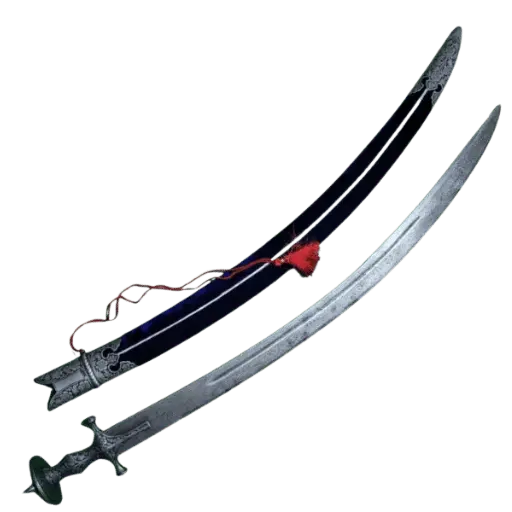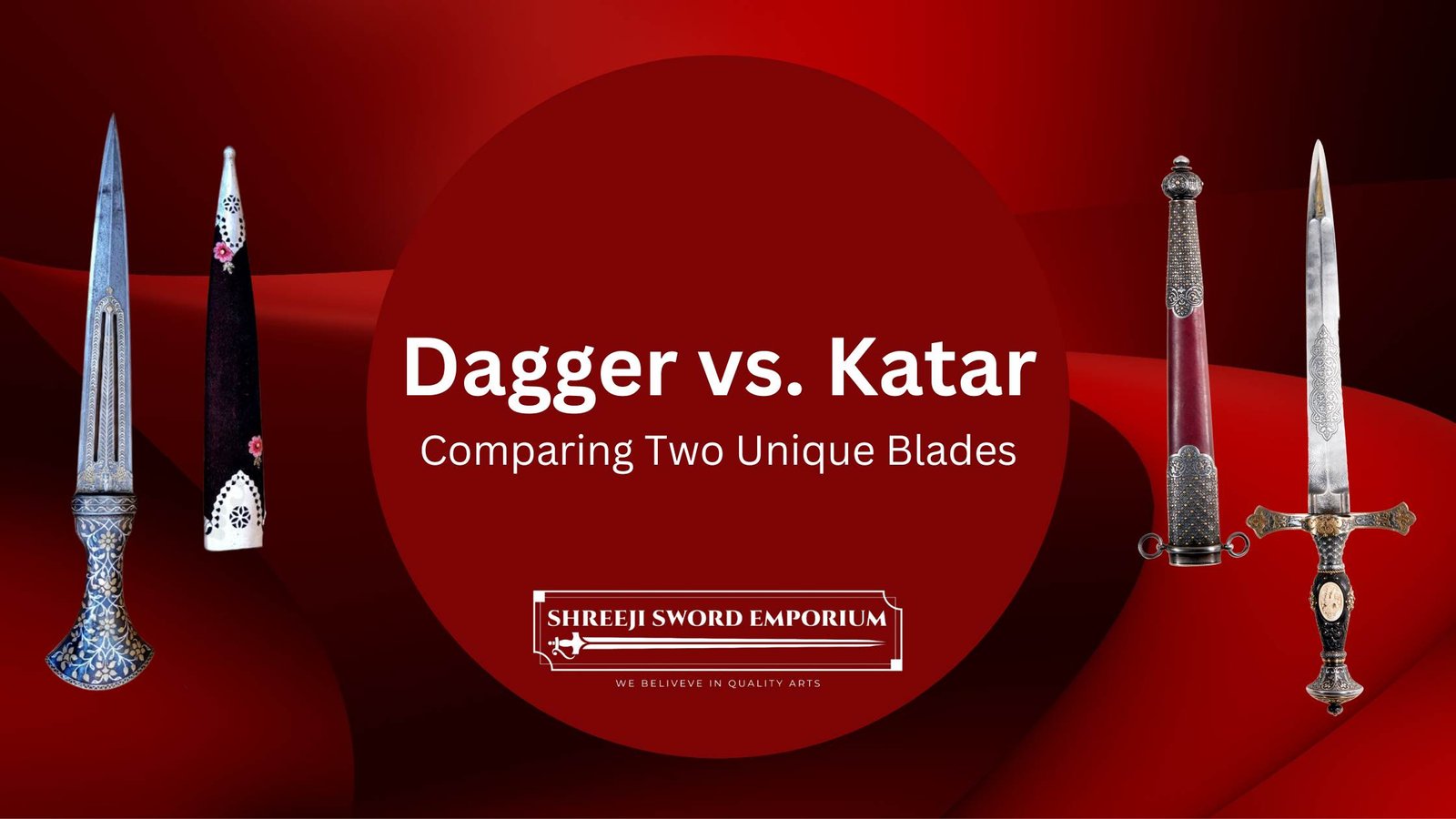

The world of blades has a rich history that spans many cultures, continents, and centuries. Two of the most iconic blades are the dagger and the katar. Although both are designed for close combat, they differ greatly in shape, use, and cultural significance. This guide will explore the key differences between the dagger and the katar, offering practical insights for collectors, martial arts enthusiasts, and history buffs alike.
Dagger is a short, pointed weapon with a sharp, double-edged blade. Throughout history, it has been favored by soldiers, assassins, and even commoners. Daggers have evolved over time, adapting to different cultures and uses. For instance, the Roman pugio and the medieval knight’s dagger are just two examples of how this weapon has been shaped over centuries.
Daggers have been used by a wide variety of cultures around the world, making them one of the most versatile weapons in history.
The katar, on the other hand, is a unique weapon native to the Indian subcontinent. Unlike the dagger, which is held with the blade pointing outward, the katar is a push dagger. This means it is gripped with the blade aligned along the user’s knuckles, allowing for powerful thrusts and better control.
Indian warriors, particularly the Rajputs, favored the katar for its effective design and symbolism of strength and bravery.
Even though both the dagger and katar are short-range weapons, they are vastly different. Below, we break down the main differences between the two blades:
If you’re a blade enthusiast or collector, both the dagger and the katar offer unique opportunities. Here are some practical tips for anyone looking to collect these historic weapons:
It’s important to understand the history behind a blade before buying it. For example, knowing whether a dagger comes from ancient Rome or medieval Europe can help you make an informed decision. The same goes for the katar, whose origins can tell you a lot about its value and craftsmanship.
Always check the craftsmanship of the blade. Look at the metal quality, the sharpness of the blade, and any intricate designs or engravings. A well-made dagger or katar not only looks impressive but also holds its value over time.
Condition is everything when it comes to antique blades. Be on the lookout for rust, cracks, or any signs of damage. A well-preserved blade is more valuable than one that has suffered significant wear and tear.
With the rise of interest in antique weapons, forgeries are becoming more common. Make sure to buy from a reputable dealer who can verify the authenticity of the dagger or katar. If you’re unsure, consult with an expert appraiser.
Once you own a dagger or katar, proper care is essential. Display the blade in a secure case that protects it from dust, moisture, and accidental handling. When storing the blade, keep it in a dry, temperature-controlled environment to prevent rust or corrosion.
While daggers and katars have a lot to offer on their own, there are several tools and resources available that can help you better understand and appreciate these weapons:
By understanding the key differences between daggers and katars, and by following the practical tips mentioned, you’ll be well-equipped to appreciate or even start your own collection of these fascinating weapons.
EXCELLENTTrustindex verifies that the original source of the review is Google. Loved this placePosted onTrustindex verifies that the original source of the review is Google. Awesome craftsmanship, Royal vibes, totally worth it! 5 stars!Posted onTrustindex verifies that the original source of the review is Google. Superb awards,pure,heritage,top quality!Posted onTrustindex verifies that the original source of the review is Google. I recently bought a sword from Shreeji Sword Emporium, and it’s fantastic! The quality is top-notch—sharp steel, stunning design, and flawless finish. A 6th-generation family craft, their royal heritage shines through. Delivery was prompt, packaging perfect, and the price fair. Highly recommend for sword enthusiasts—5 stars for amazing craftsmanship and service!Verified by TrustindexTrustindex verified badge is the Universal Symbol of Trust. Only the greatest companies can get the verified badge who has a review score above 4.5, based on customer reviews over the past 12 months. Read more


May I help you!